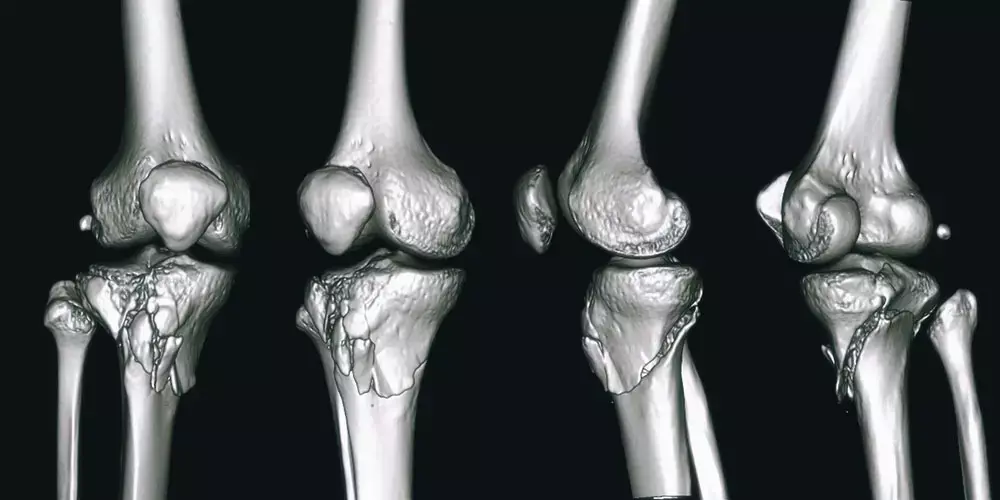- Home
- Medical news & Guidelines
- Anesthesiology
- Cardiology and CTVS
- Critical Care
- Dentistry
- Dermatology
- Diabetes and Endocrinology
- ENT
- Gastroenterology
- Medicine
- Nephrology
- Neurology
- Obstretics-Gynaecology
- Oncology
- Ophthalmology
- Orthopaedics
- Pediatrics-Neonatology
- Psychiatry
- Pulmonology
- Radiology
- Surgery
- Urology
- Laboratory Medicine
- Diet
- Nursing
- Paramedical
- Physiotherapy
- Health news
- Fact Check
- Bone Health Fact Check
- Brain Health Fact Check
- Cancer Related Fact Check
- Child Care Fact Check
- Dental and oral health fact check
- Diabetes and metabolic health fact check
- Diet and Nutrition Fact Check
- Eye and ENT Care Fact Check
- Fitness fact check
- Gut health fact check
- Heart health fact check
- Kidney health fact check
- Medical education fact check
- Men's health fact check
- Respiratory fact check
- Skin and hair care fact check
- Vaccine and Immunization fact check
- Women's health fact check
- AYUSH
- State News
- Andaman and Nicobar Islands
- Andhra Pradesh
- Arunachal Pradesh
- Assam
- Bihar
- Chandigarh
- Chattisgarh
- Dadra and Nagar Haveli
- Daman and Diu
- Delhi
- Goa
- Gujarat
- Haryana
- Himachal Pradesh
- Jammu & Kashmir
- Jharkhand
- Karnataka
- Kerala
- Ladakh
- Lakshadweep
- Madhya Pradesh
- Maharashtra
- Manipur
- Meghalaya
- Mizoram
- Nagaland
- Odisha
- Puducherry
- Punjab
- Rajasthan
- Sikkim
- Tamil Nadu
- Telangana
- Tripura
- Uttar Pradesh
- Uttrakhand
- West Bengal
- Medical Education
- Industry
Medial Opening Wedge High Tibial Osteotomy Shows Superior Outcomes in Knee OA: Study

A partially randomized Canadian trial Has found that medial opening wedge high tibial osteotomy, a surgical technique to correct knee misalignment, better preserved cartilage thickness and significantly improved Knee Injury and Osteoarthritis Outcome Score (KOOS) over two years compared to nonsurgical, guideline-recommended therapy. This suggests surgical intervention may offer superior clinical benefits for selected patients with knee osteoarthritis who are not ideal candidates for knee replacement. The study was published in Annals of Internal Medicine by Trevor B. and colleagues.
The trial was designed as a single-center, open-label, assessor-blinded randomized controlled trial with a parallel preference arm. A total of 145 participants were recruited, all of whom had varus knee alignment and predominantly medial compartment osteoarthritis. Patients were randomly allocated into two groups: one group had the addition of nonsurgical management plus medial opening wedge HTO, and the other group had nonsurgical management alone.
The nonoperative treatment protocol consisted of supervised therapeutic exercise for three months, nutritional education, and acetaminophen or nonsteroidal anti-inflammatory drug (NSAID) use, as required. The main outcome assessed was two-year change in medial tibiofemoral articular cartilage thickness on masked 3-Tesla MRI scans, with a 6.3% cartilage loss the minimal clinically important difference (MCID). A key secondary outcome was the change in the total Knee Injury and Osteoarthritis Outcome Score (KOOS), with an MCID of 10 points.
Key Findings
In the randomized arm of the study, 59 out of 71 participants (83%) were assessed at the two-year follow-up—30 in the HTO group and 29 in the control group. In the preference arm, 65 out of 74 participants (88%) completed both baseline and follow-up assessments.
Cartilage Thickness: The median 2-year change in medial tibiofemoral cartilage thickness was a 0.07 mm decrease (2%) in the HTO group versus a 0.25 mm decrease (9%) in the control group. This created a mean between-group difference of 0.18 mm (95% CI, 0.18 to 0.19 mm) in favor of HTO.
KOOS Score: The overall KOOS increased by 24.95 points in the HTO group, whereas it increased by 9.06 points in the control group, with a between-group difference of 15.89 points (CI, 8.94 to 22.84).
Comparable results were noted in the preference arm, further confirming the advantages of HTO for this patient group.
This randomized trial reinforces that medial opening wedge high tibial osteotomy can remarkably delay the progression of medial joint cartilage loss and improve functional results, as seen through improvement in KOOS scores and MRI findings.
Reference:
Birmingham, T. B., Primeau, C. A., Moyer, R. F., Bryant, D. M., Ma, J., Leitch, K. M., Wirth, W., Degen, R., Getgood, A. M., Litchfield, R. B., Willits, K. R., Eckstein, F., & Giffin, J. R. (2025). High tibial osteotomy for medial compartment knee osteoarthritis: A randomized trial with parallel preference arm. Annals of Internal Medicine, ANNALS-25-00920. https://doi.org/10.7326/annals-25-00920Dr Riya Dave has completed dentistry from Gujarat University in 2022. She is a dentist and accomplished medical and scientific writer known for her commitment to bridging the gap between clinical expertise and accessible healthcare information. She has been actively involved in writing blogs related to health and wellness.
Dr Kamal Kant Kohli-MBBS, DTCD- a chest specialist with more than 30 years of practice and a flair for writing clinical articles, Dr Kamal Kant Kohli joined Medical Dialogues as a Chief Editor of Medical News. Besides writing articles, as an editor, he proofreads and verifies all the medical content published on Medical Dialogues including those coming from journals, studies,medical conferences,guidelines etc. Email: drkohli@medicaldialogues.in. Contact no. 011-43720751


